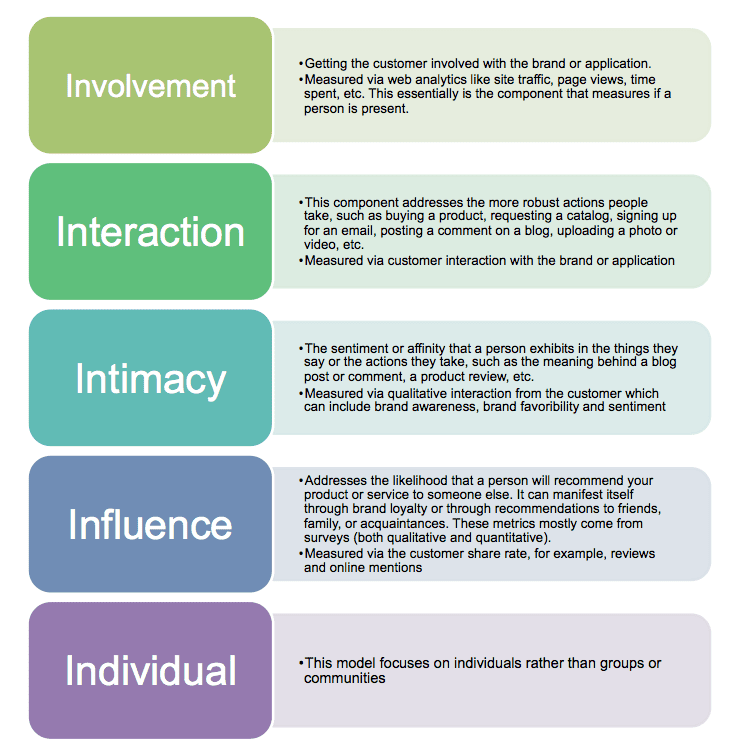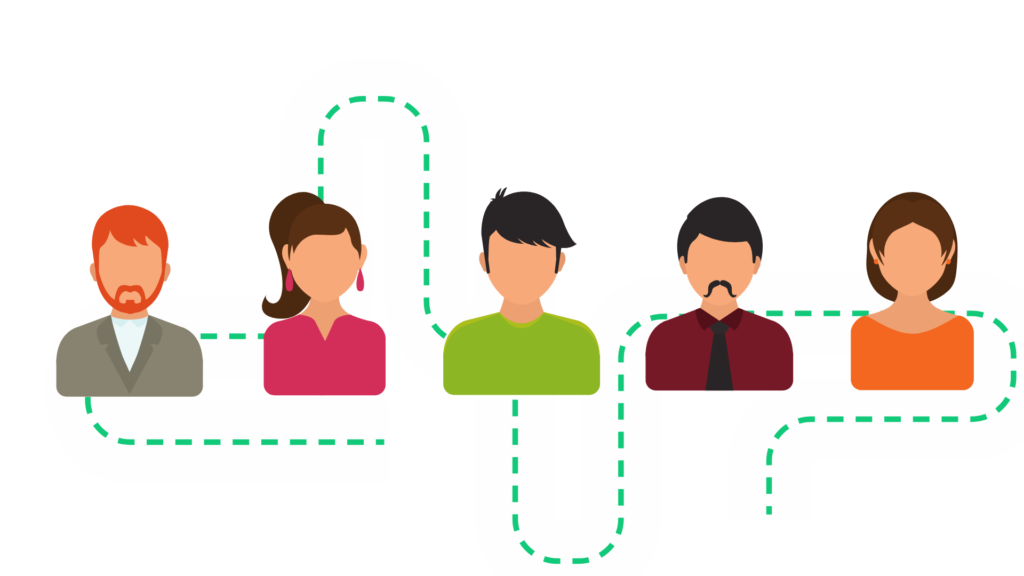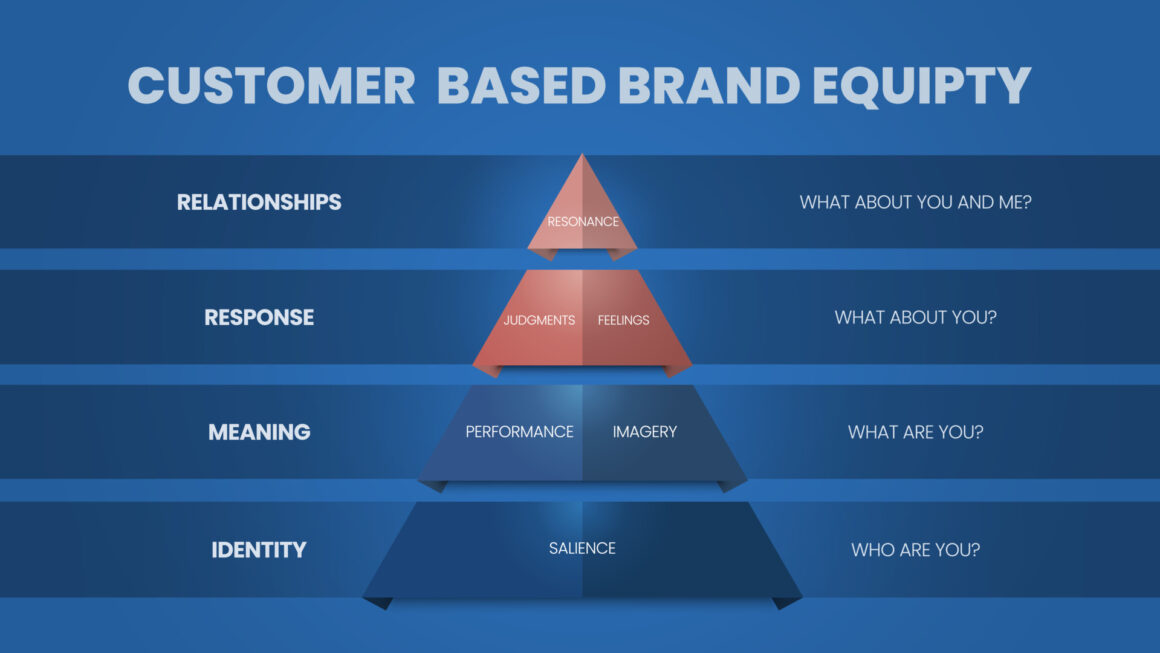Forrester’s 5 Is framework is a marketing strategy framework that focuses on building strong customer relationships. The framework outlines five key components that marketers should consider in order to create a comprehensive and effective marketing plan. These five components are Involvement, Interaction, Intimacy, Influence, and Individual.
Involvement
The first component of the 5 Is framework is Involvement. Involvement refers to the level of participation that customers have with a brand. This can include how frequently they use a product or service, how many products they own, and how passionate they are about the brand. High levels of involvement can lead to increased loyalty, advocacy, and a stronger emotional connection with the brand.
An example of a brand that excels at creating high levels of involvement is Apple. Apple has a loyal fanbase of customers who are deeply involved with the brand. These customers are passionate about Apple’s products and frequently upgrade to the latest devices. Apple has been able to create this level of involvement by consistently delivering high-quality products and creating a strong brand identity.
Interaction
The second component of the 5 Is framework is Interaction. Interaction refers to the ways in which customers interact with a brand. This can include online interactions such as website visits, social media engagement, and email communication. It can also include offline interactions such as in-store visits, phone calls, and events. Creating meaningful interactions with customers can help to build strong relationships and increase loyalty.
An example of a brand that excels at creating meaningful interactions with customers is Starbucks. Starbucks has created a welcoming environment in its stores that encourages customers to stay and interact with the brand. The company also has a strong social media presence and frequently engages with customers online. By creating these meaningful interactions, Starbucks has been able to build a loyal customer base and increase sales.
Intimacy
The third component of the 5 Is framework is Intimacy. Intimacy refers to the level of emotional connection that customers have with a brand. This can include feelings of trust, empathy, and loyalty. Creating a strong sense of intimacy with customers can lead to increased brand advocacy and customer lifetime value.
An example of a brand that excels at creating intimacy with customers is Nike. Nike has built a strong emotional connection with its customers by aligning its brand with the values of athleticism, determination, and perseverance. This emotional connection has led to a loyal fanbase of customers who are passionate about the brand and frequently purchase Nike products.
Influence
The fourth component of the 5 Is framework is Influence. Influence refers to the ways in which a brand can influence customer behavior. This can include using persuasive messaging, leveraging social proof, and creating a sense of urgency. By influencing customer behavior, brands can increase sales and drive customer loyalty.
An example of a brand that excels at using influence to drive customer behavior is Amazon. Amazon uses persuasive messaging to encourage customers to purchase products, such as by highlighting the limited availability of an item or offering discounts for a limited time. Amazon also uses social proof, such as customer reviews and ratings, to influence customer behavior. By using these techniques, Amazon has been able to drive sales and increase customer loyalty.
Individual
The fifth and final component of the 5 Is framework is Individual. Individual refers to the ways in which brands can personalize the customer experience. This can include using data and analytics to tailor product recommendations and marketing messages to individual customers. By personalizing the customer experience, brands can increase customer satisfaction and build stronger relationships.
An example of a brand that excels at personalizing the customer experience is Netflix. Netflix uses data and analytics to personalize the content recommendations that customers receive. By tailoring recommendations to individual customers, Netflix is able to increase customer satisfaction and retention.

Examples of the 5 Is framework in action
A good example of a company that has successfully implemented the 5 Is framework is Amazon. Here is how they have incorporated each component:
Involvement: Amazon engages its customers through various channels, such as social media, email, and mobile apps. They encourage customers to leave reviews, provide feedback, and interact with their brand.
Interaction: Amazon provides customers with a seamless shopping experience. They have a user-friendly website, a mobile app, and offer fast and reliable shipping. They also have a robust customer support system in place to handle any issues that may arise.
Intimacy: Amazon has a loyalty program called Amazon Prime that offers members exclusive perks, such as free shipping, discounts, and access to streaming services. By providing these benefits, Amazon has created a sense of exclusivity and intimacy with its customers.
Influence: Amazon uses data and analytics to personalize its customers’ experiences. They recommend products based on customers’ previous purchases and browsing history. They also use retargeting ads to influence customers to return to their website and complete a purchase.
Individualization: Amazon provides a personalized experience for each customer. They use data to create a unique shopping experience for each individual, from customized product recommendations to personalized marketing messages.
Overall, the 5 Is framework can be a powerful tool for companies to build strong relationships with their customers. By focusing on involvement, interaction, intimacy, influence, and individualization, companies can create a customer experience that is engaging, personalized, and ultimately, more profitable.
Also Read: RACE Planning Framework in Digital Marketing
To read more content like this, subscribe to our newsletter



